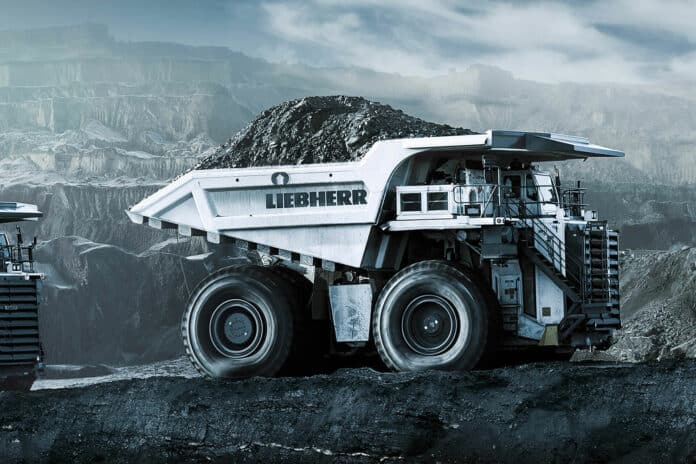Australian iron ore company Fortescue has taken delivery of the largest battery of its kind, ready to be installed in a prototype zero-emission battery electric mining haul truck being developed with Liebherr.
The state-of-the-art 1.4 MWh prototype power system was developed by an engineering team at the UK’s Williams Advanced Engineering (WAE), which was acquired by Fortescue last year in a £164-million deal. The battery sets the pace for ground-breaking innovation in heavy industry and is a bespoke design intended for integration into a 240-tonne mining haul truck.
The pioneering power system weighs 15 tonnes and measures 3.6m long, 1.6m wide, and 2.4m high. It is made up of eight sub-packs, each with 36 modules, all individually cooled and each with its own battery management system.
It is reported to be the first electric mining haul truck battery, with energy storage of 1.4 MWH, the ability to fast-charge in 30 minutes, and the capacity to regenerate power as it drives downhill.
“WAE and Fortescue are working together to seek to decarbonize faster and more effectively than any other major industrial company in the world,” said Mark Hutchinson, CEO of Fortescue Future Industries. “The battery system, designed for our zero-emission battery electric mining haul trucks, is an important part of our strategy to reach real zero terrestrial emissions (Scope 1 and 2) across our iron operations by 2030.”
The prototype battery system has now arrived at Fortescue’s workshop in Perth, Western Australia. It will be assembled and installed before its transported to the Pilbara for world-leading testing on-site in 2023.
“This system is the first of many technologies that can help enable Fortescue to realize its industry-leading 2030 net-zero target. Powered solely by renewable energy, it will help prevent enormous amounts of fossil fuel from being used in the mining industry, with the goal to not compromise the vehicle’s load capacity,” WAE Technologies CEO Craig Wilson said.
